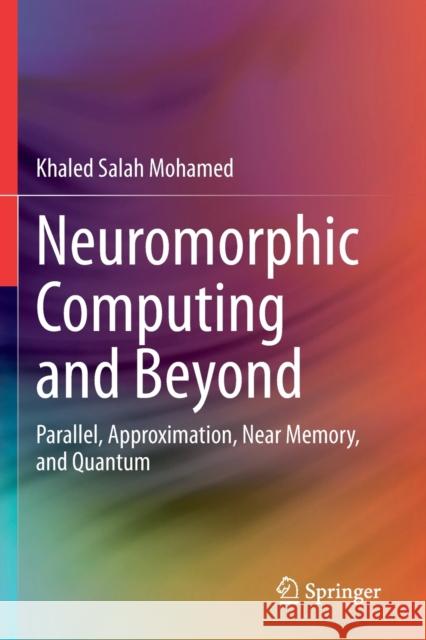Neuromorphic Computing and Beyond: Parallel, Approximation, Near Memory, and Quantum » książka
topmenu
Neuromorphic Computing and Beyond: Parallel, Approximation, Near Memory, and Quantum
ISBN-13: 9783030372262 / Angielski / Miękka / 2021 / 233 str.
Neuromorphic Computing and Beyond: Parallel, Approximation, Near Memory, and Quantum
ISBN-13: 9783030372262 / Angielski / Miękka / 2021 / 233 str.
cena 262,25
(netto: 249,76 VAT: 5%)
Najniższa cena z 30 dni: 250,57
(netto: 249,76 VAT: 5%)
Najniższa cena z 30 dni: 250,57
Termin realizacji zamówienia:
ok. 22 dni roboczych
Dostawa w 2026 r.
ok. 22 dni roboczych
Dostawa w 2026 r.
Darmowa dostawa!
Kategorie:
Kategorie BISAC:
Wydawca:
Springer
Język:
Angielski
ISBN-13:
9783030372262
Rok wydania:
2021
Wydanie:
2020
Ilość stron:
233
Waga:
0.35 kg
Wymiary:
23.39 x 15.6 x 1.32
Oprawa:
Miękka
Wolumenów:
01
Dodatkowe informacje:
Wydanie ilustrowane











